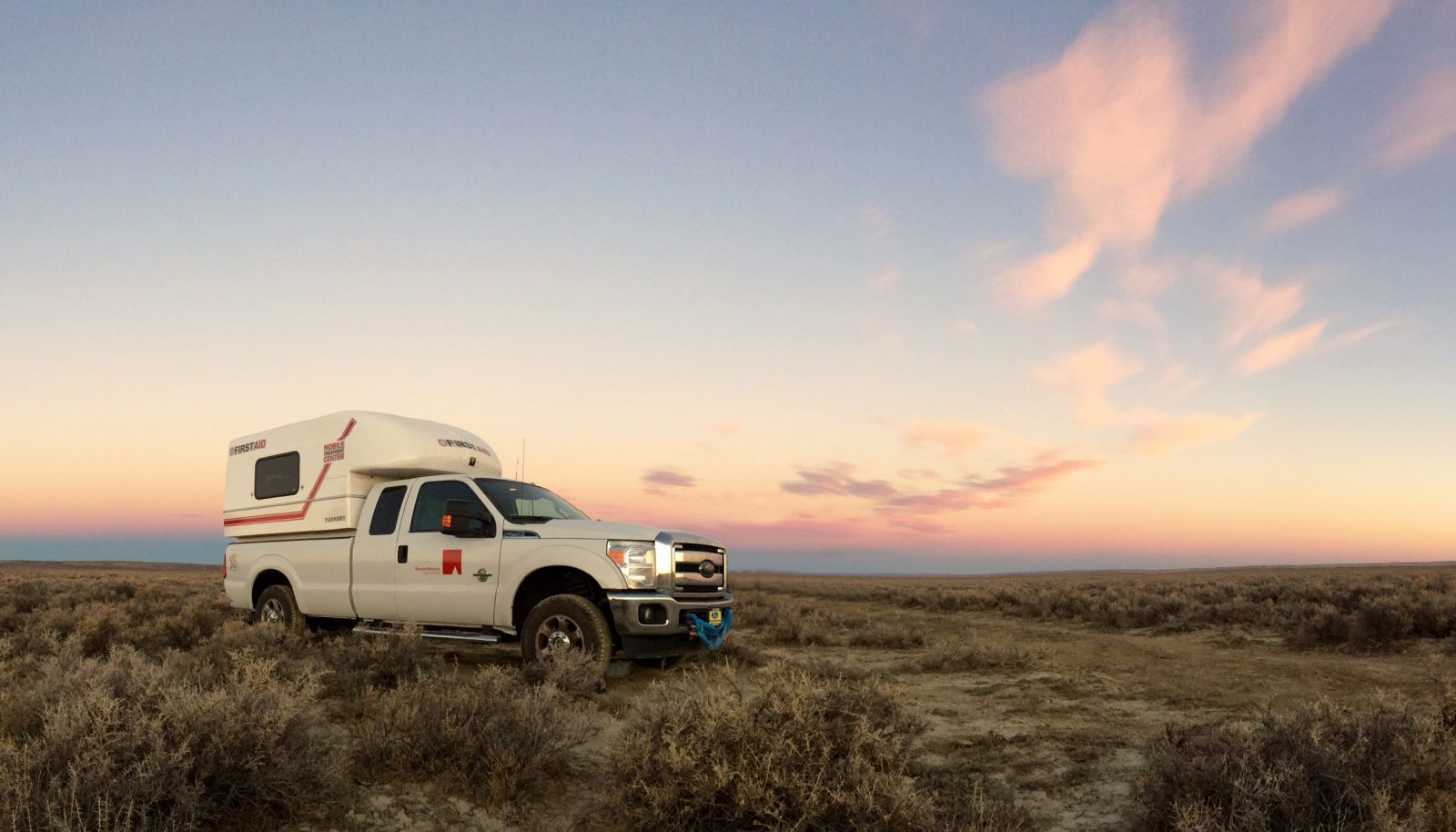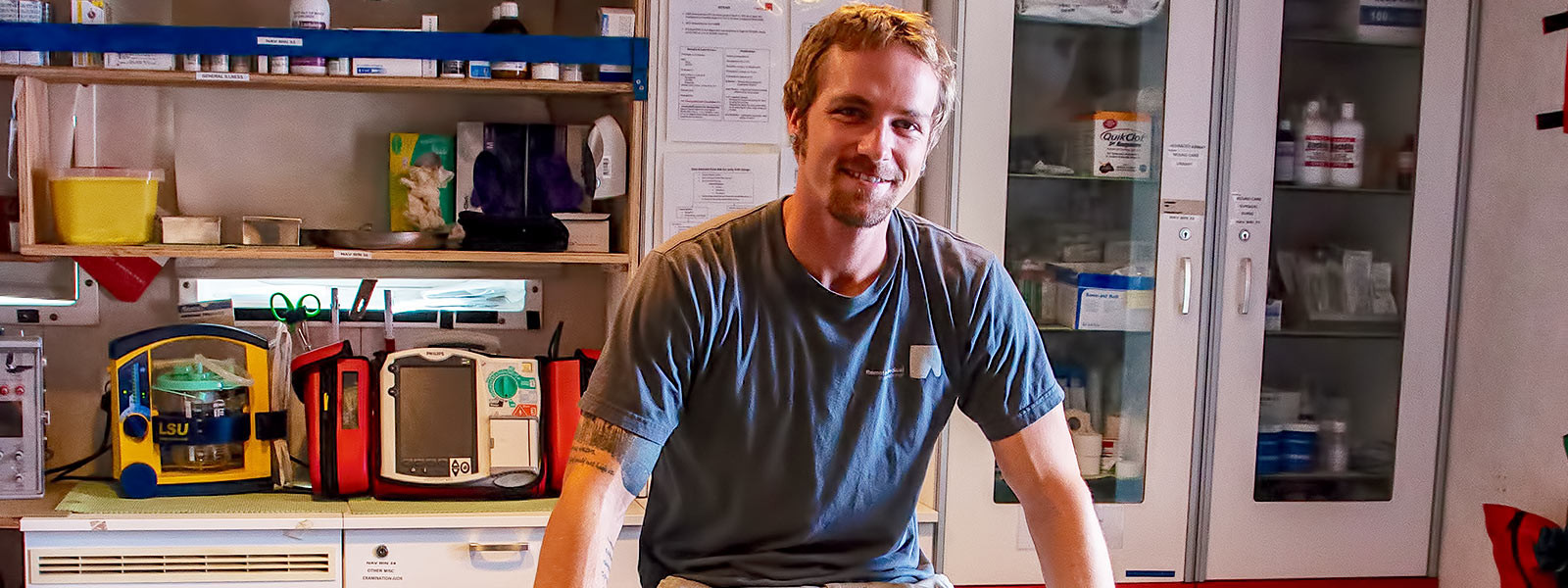Creating a Culture of Safety at Wind Sites
 As businesses across multiple industries in the Americas begin to receive government approval to return to their worksites from a COVID-19 imposed hiatus, clean energy is making an expedited return in the Americas. Construction recently began on a project that will feature the largest-ever onshore wind turbines; in May, the US approved the massive Crimson Solar Project in the California desert.
As businesses across multiple industries in the Americas begin to receive government approval to return to their worksites from a COVID-19 imposed hiatus, clean energy is making an expedited return in the Americas. Construction recently began on a project that will feature the largest-ever onshore wind turbines; in May, the US approved the massive Crimson Solar Project in the California desert.
While business opportunities in the US rely on efficiency, collaboration, and passion, the expansion and the redeployment of Power Purchase Agreement (PPA) initiatives across the US renewables sector have aided in getting the wind business back to work. More than ever, workplace health and safety now play a role that is just as important as business agreements in ensuring the clean energy industry progresses.
While fixed clinics continue to play an essential role, they cannot provide treatment where an emergency occurs or as the project progresses. Given that wind farms can span tens, hundreds, or thousands of miles, onsite medical support at these remote locations requires medical teams to be mobile.
With Mobile Treatment Centers (MTCs), medical support is always close at hand. These four-wheel-drive clinics position medical providers near construction activities at remote project locations that often experience extreme conditions of heat, cold, and wind. MTCs mean that medical teams and equipment can travel with the project. This mobility is the only way to deliver immediate medical care while keeping workers onsite, when possible.
If a patient requires advanced treatment, the mobile teams can provide emergency care until they can evacuate the party per the site's unique Medical Emergency Response Plan. MTCs come stocked with the medical equipment and supplies needed for primary and emergency care, including an automated external defibrillator and trauma management equipment. They also provide treatment space that is protected from weather and separated from other workers.
Mobile treatment centers allow medical teams to focus on preventive care and take a proactive approach that creates safer working environments, reduces recordable incidents, and ultimately improves and saves lives.
Safer Worksites
In addition to treatment, mobile clinics create an opportunity for medics to be on the right-of-way with workers every day; they can talk with workers, do informal assessments, provide water and electrolyte drinks, and learn the daily patterns and activity. With this knowledge, medics can identify when something is amiss quickly, proactively address the situation, and avoid a potentially major incident. For example, they may temporarily put a worker in the shade or air-conditioned truck to cool off, thus avoiding heat exhaustion or heat stroke.

MTCs assure safety managers that expert medical aid is available when it's needed while reinforcing the safety team messaging. For example, at one site, a worker injured his thumb; because the medic was onsite with the MTC, the worker received treatment and medication that may have prevented infection. While helping the worker, the paramedic provided tips on preventing future injuries. The process - which would have taken hours to transport the worker, secure treatment, and return him to work - only took about 20 minutes.
Traveling with workers as projects progress helps the medical teams build trust and gives workers the confidence to go to the MTC even for minor injuries without concern for their job security. Because of this, medics often find undiagnosed conditions like diabetes, hypertension, and asthma, which, if left untreated, could lead to serious, even life-threatening, situations. Treating and managing chronic diseases means workers are much less likely to be injured or potentially injure someone else. Overall, this helps create safer work environments, boost morale, and keep productivity high (and turnover low).
Keeping projects moving ahead fluidly depends on protecting and ensuring worker health and safety. Owner/operators and Engineering, Procurement, and Construction (EPC) who partner with professional medical consultants can be confident that medical issues will be treated appropriately and quickly. This immediate treatment helps avoid unnecessary and excessive off-site referrals, treatments, and prescriptions. Minor injuries can be resolved at the site, allowing workers to return to work more quickly. In remote environments and on projects whose locations migrate as the work progresses, Mobile Treatment Centers are the most effective and efficient way to ensure worker safety and health.

Andy Kimmell is Global Assistance & Security Director for Remote Medical International (RMI). He is responsible for leading RMI's Global Assistance Services, Fleet Management, and Security teams. Mr. Kimmell's career at Remote Medical International has spanned 10+ years, including roles at every level of operational execution. Combining strong problem-solving and leadership skills with in-depth knowledge of health and safety best practices (e.g., OSHA, OGP, IADC, and IAGC), Mr. Kimmell has been at the forefront of building Remote Medical International's global operational footprint and has worked in some of the most challenging project sites in the industry. Before joining Remote Medical International, Mr. Kimmell served as a Firefighter, Paramedic, US Army paratrooper combat medic, and special operations flight medic.
Remote Medical International | www.remotemedical.com
Author: Andy Kimmell
Volume: 2021 September/October








